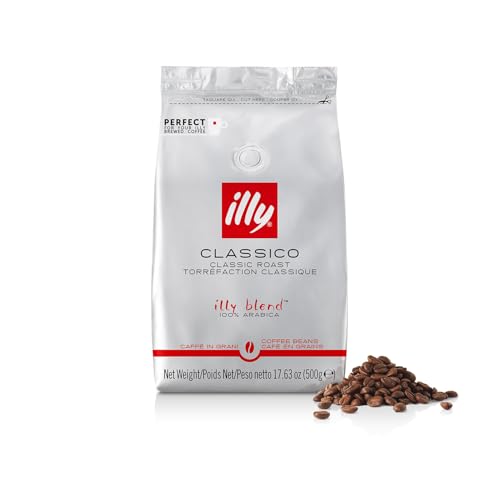Have you ever taken a sip of coffee that was surprisingly sour or unexpectedly smoky?
That off-note taste probably wasn’t from the beans but rather was the roast level at work. Whether you’re exploring pour-over brewing or just discovering the perfect espresso shot, understanding roast levels can completely transform your coffee game.
Let’s examine the impact roast levels light, to dark have on the flavor in your cup and how to choose the best for you.
Light Roast: Bright, Fruity, and Complex
Light roasts are roasted only so that they achieve so-called “first crack,” when beans begin popping due to internal pressure. The outcome? A brew that will have a tendency to be lively and fruity in flavor.
Flavor Profile:
Bright acidity
Floral and fruity notes
Light body
related article: Do All Coffees Bloom the Same? How Bean Origin, Roast, and Processing Impact Bloom Behavior
Typically reveals origin characteristics
These roasts are best enjoyed with brewing methods like pour-over or AeroPress, which permit those subtle nuances to shine. If you prefer tasting the terroir of coffee where it was grown, soil, elevation light roast is your ticket.
Fast tip: If your coffee tastes sour, it may be under-extracted. Try a finer grind or longer brew time.
Medium Roast: Balanced and Smooth
Medium roasts are best for most. It reaches the second crack or near it, where the sugars within the bean caramelize more than in lighter roasts.
Flavor Profile:
Balanced acidity and sweetness
Subtle hints of nuts, chocolate, or caramel
Medium body
Less origin-centric but incredibly approachable
This roast is well-suited for drip coffee, French press, and espresso. If you like smooth coffee with a touch of richness, medium is a fantastic daily choice.
Personal note: I have always thought that fine coffee has to be light roast until a barista placed a medium roast Ethiopian in front of me with a flavor like honeyed almonds. I’ve kept a bag on hand since.
Dark Roast: Strong, Deep, and Fierce
Dark roasts travel much beyond the second crack, yielding beans that are strongly oily and darker in color. They yield a stable, roasted flavor that most individuals associate with basic café coffee.
Flavor Profile:
Low acidity
Bittersweet, smoky, or chocolate flavor notes
Full body
Roast overpowers bean origin
These are best for fans of strong flavor espresso or moka pot, for example. But be careful: overly dark roasting is sometimes burnt or ashy if brewed incorrectly.
Choosing What Suits You
Taste is personal, and there is no one “best” roast. Ask yourself:
Do I enjoy bright, citrusy flavors? Try light roast.
Do I want a smooth, balanced cup with a touch of sweetness? Go medium.
Am I seeking bold, intense flavor with a rich finish? Dark roast is your ticket.
Go ahead and experiment. Try sample packs or visit a local roaster who offers tasting flights. Your taste buds might thank you.
The next time you select beans,
Being familiar with coffee roasts isn’t just a geeky thing it’s how you get to brew the kind of coffee you absolutely adore. The deeper you get, the more you’re in charge of your morning coffee. The next time you select beans, don’t simply look at the place—it look at the roast level and consider what can be brewed.













[…] Related article: How Coffee Roast Levels Affect Flavor: From Light to Dark […]